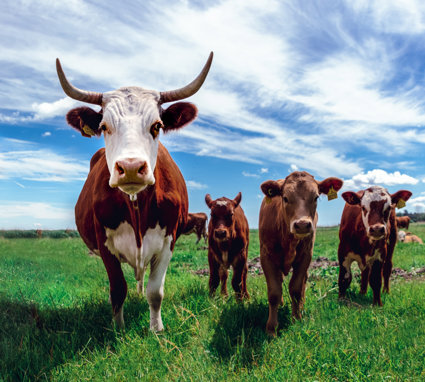
Plenty more fish in the sea?
What are the two main systems of fishing?
Key questions
What are the two main systems of fishing?
What are the pros and cons of each system?
Fish is an important component of a healthy diet. In countries such as the UK this has meant a long tradition of commercial fishing. The UK once had one of the largest fishing fleets in the world and many urban areas owe their growth and wealth to the fishing fleets and associated industries, for example Hull, Grimsby, Southampton and Plymouth.
Today, the seas around our extensive coastline are almost completely devoid of fish stocks as modern fishing fleets have continued to over fish the seas to the point where there are insufficient fish to continue breeding. As an example, annual catches of cod have fallen from 350,000 tonnes to just 20,000 tonnes over the last 40 years. The problem, however, is not confined to the UK. One recent report in the journal Science predicted that if fishing carries on as it is now, 90% of the world's fisheries will be exhausted within the next 40 years.
With wild fish stocks so vulnerable there has been a growing interest in aquaculture (fish farming) as an alternative to commercial fishing. Aquaculture is the farming of freshwater and saltwater organisms including fish and aquatic plants under controlled conditions, seems the ideal solution. The UN Food and Agriculture Organisation (UNFAO) considers it a way to meet the demand for seafood, and predicts that soon, half of the fish the world eats will be farmed. Already much of the fish Britons buy from supermarkets is farmed. Farmed sea bass, tropical prawns, bream, barramundi, tilapia, mussels, crayfish, Vietnamese catfish, cod and halibut are all available in the chiller cabinet or freezer. The most common farmed fish is currently salmon. There are, however, serious concerns about welfare issues (overcrowding, stress, disease), pollution from waste products and farmed fish escaping then breeding with wild fish. Find out more about aquaculture.
Starter
Government advice is for people to eat two portions of fish a week, one of which should be oily fish. Oily fish such as salmon, fresh tuna and sardines are rich in healthy omega three fatty acids. Both fish and shellfish are good sources of proteins, minerals and are low in fat.
Take a look at the types of fish presentation and use it to help you work out how much fish and shellfish you eat in a week. As a class tally up this information to find out much fish and shellfish gets eaten on average per week by your class. What is the most popular type of fish that is eaten?
Main Activity
The total amount of fish we catch and consume is rising every year. In 2005 we consumed 95 million tonnes of fish. 86 million tonnes of this came from ocean fisheries and nine million tonnes from freshwater fisheries. Fish farming accounted for another 50 million tonnes (43%). In 1980 less than 10% of all fish came from fish farming. Various UK governments have fought long battles to retain a fishing industry in this country. The government still tells us officially that we should regularly eat fish but for the first time, it has expressed doubt about this advice as the world struggles to maintain a sustainable fishing industry.
Download the document Fish Farms or Mass Commercial Fishing. Read each statement carefully and decide whether it is most likely to refer to fish farming or mass commercial fishing. Completing this exercise will help develop your knowledge and understanding of both systems of fishing.
Working in pairs, compete with each other to justify whether the best option is to either:
-
Carry on with large scale commercial fishing
-
Switch to fish farming is the better option
Prepare a short one minute defence (max 200 words) of your chosen method to present in class. Peer assess each others work and score it out of ten on ‘strength of argument', then add up the scores to see which method is defended most effectively.
Plenary
The other two options are to use quotas which limit the amount of fish that can be caught or to ban fishing all together. In class take a vote on which one of this you think is the better option, then write a short paragraph explaining why you either agree or disagree with the class decision.
File nameFiles
File type
Size
Download